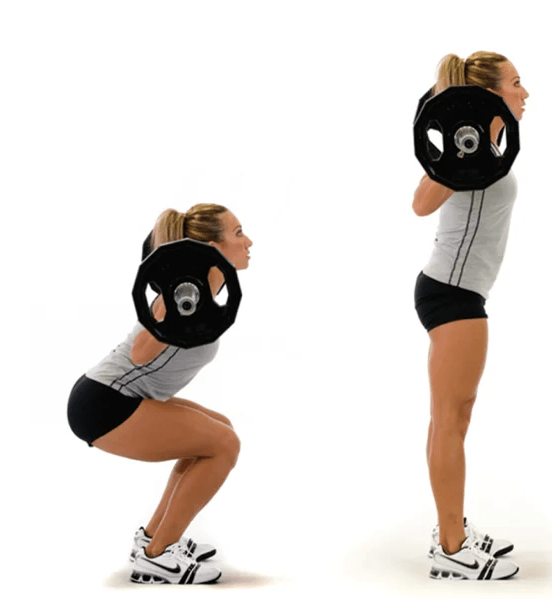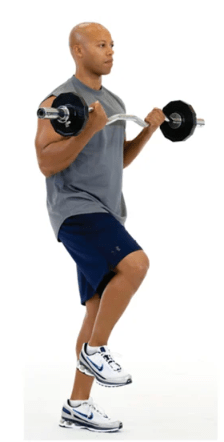A Squat is an example of an exercise on what anatomical plane?
Sagittal
Frontal Plane
Movement that decreases the angle between two body parts is known as
Flexion
Vertical jumps occur along which plane?
A) Transverse
B) Sagittal
C) Sagittal and Transverse
B) Frontal
B) Sagittal
Extension is movement that increases the angle between two body parts
TRUE
Lateral arm raises are an example of a leg exercise on what anatomical plane?
Frontal (coronal) Plane
The anatomical plane that cuts the body into left and right halves is known as the
Sagittal Plane
Movement towards the midline of the body is known as
Adduction
Which of the following statements most accurately describes abduction of a joint?
A) Decreases the joint angle
B) Increases the joint angle
C) Movement away from the midline
D) Movement towards the midline
C) Movement away from the midline
TRUE or FALSE
Planar Flexion is extension at the ankle so that the foot points inferiorly
TRUE
Bicep curls are considered to occur along which anatomical plane?
Sagittal
The anatomic plane that cuts the body into top and bottom halves is known as the
Transverse Plane
Rotational movement away from the midline of the body is known as
Lateral Rotation
Which of the following refers to a movement in a superior direction?
A) Flexion
B) Adduction
C) Plantar Flexion
D) Elevation
D) Elevation
TRUE or FALSE
Supination is rotation of the hand and forearm so that the palm faces downwards
FALSE
Spinal rotation is considered to occur along which anatomical plane?
Transverse
Any exercise performed that involves rotation of the spine, hip, or shoulder joint is performed on which anatomical plane?
Transverse Plane
Rotation of the hand and forearm so that the palm faces downwards is known as
Pronation
Which of the following movements involves lateral rotation?
A) Turning the femur outward at the hip during a seated leg stretch
B) Flexing the elbow to perform a bicep curl
C) Abducting the arm to lift it away from the body
D) Plantar flexing the ankle to stand on tiptoes
A) Turning the femur outward at the hip during a seated leg stretch
TRUE or FALSE
Lateral Rotation is rotational movement towards the midline of the body
FALSE